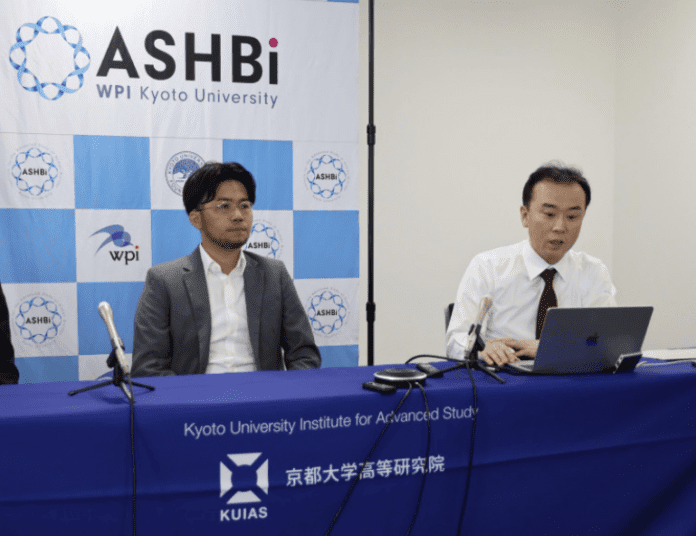Japanese researchers have made a groundbreaking discovery in medical technology. They succeed in mass-producing precursor cells via stem cells, which can potentially transform into egg and sperm cells from human stem cells. This revolutionary advancement could hold the key to treating infertility and genetic diseases, offering hope to millions worldwide.
On Tuesday, the research team, led by Professor Michinori Saito from Kyoto University Institute for Advanced Study, made a groundbreaking announcement. Their findings, a testament to their dedication and expertise, were published in the prestigious online edition of the international science journal Nature, marking a significant milestone in the field of reproductive health and genetic diseases.
The research team, led by Saito, has meticulously derived primordial germ cells from human induced pluripotent stem (iPS) cells. When cultured with specific proteins, these cells can be divided en masse into pro-spermatogonia and oogonia, the precursors to sperm and egg cells, respectively.
Professor Saito, a key figure in this groundbreaking research, has underscored the wide-ranging implications of their findings. The ability to mass-produce eggs and sperm could not only make experiments and research more accessible but also pave the way for advancements in various medical areas, promising a brighter future for reproductive health.
The scientific community is optimistic that understanding the fundamental mechanism of sperm and egg generation will enhance treatment technology for infertility and genetic diseases. Currently, while it is possible to culture cells at the pre-stage of becoming sperm and egg cells, the process of their differentiation is still scientifically unvalidated. However, with the advancement of mass cultivation and division technology, the prospect of generating sperm and egg cells from stem cells is becoming more feasible, pending the resolution of various technological challenges.





